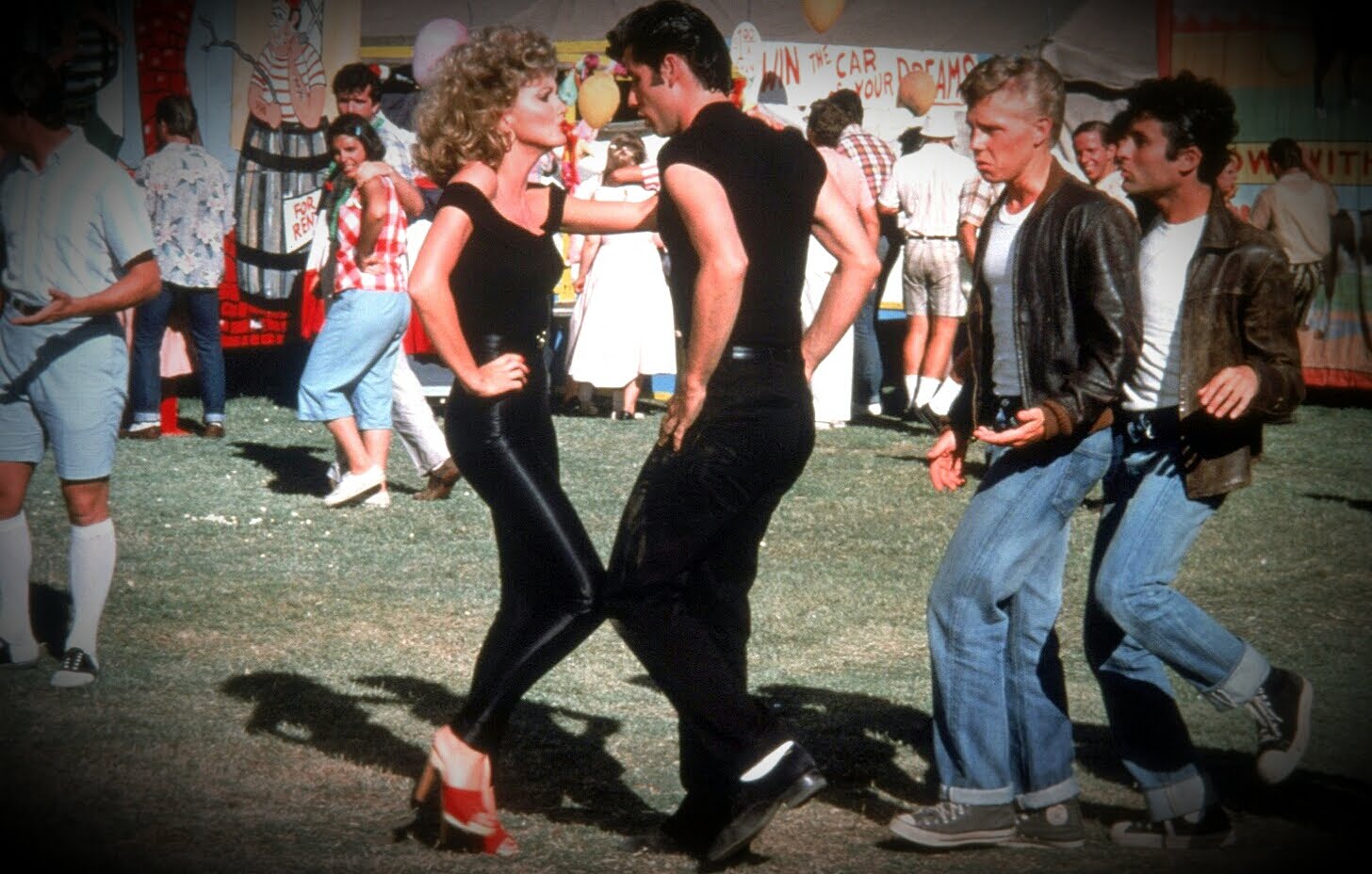Interview: Sound Editor and Mixer Sean Karp
Posted on May 9, 2018 at 4:07 pm
It was a delight to talk to 10-times Daytime Emmy-nominated Sean Karp for The Credits. who answered my questions about sound editing and sound mixing. An excerpt:
Do our readers a basic service, and describe the difference between sound mixing and sound editing?
Basically, sound editing is taking all your different sound elements or sound files and editing together all the production sound that’s recorded on set when they shoot the film or TV show, which generally is dialogue, and then build a soundscape. That means creating the sound environment, so if stuff is taking place in the city so you will edit in all these background city sounds; the sounds of traffic, the sounds of people walking by, horns honking; that kind of thing. Then you’ll edit in all your specific sounds. Maybe there’s a gunfight, so we’re placing in all those gunshots and the sounds of the shell casings leaving the guns and dropping on the floor. Then of course there’s the music. The composer will create the score, but then a music editor will do some touch-ups to make it work better to picture. So that is sound editing; it’s basically putting to time all the sound elements to the picture.
Sound mixing is mixing all those elements for the final version. I’ve heard it described as almost like when you’re recording an album. Editing is doing all your tracking like I’m tracking my drums, I’m tracking my bass guitar, my lead guitar, my keyboards, my vocals; that’s sound editing, and then the mix is the mix as it would be for a song.
The goal is almost for your work to be invisible, then?
The rule of thumb is: if your work is noticed you did a bad job. The point is to help tell the story, to help the film draw people in and get caught up in the story. So if people are paying attention to the sound, then you really didn’t do a good job because they’re not in the story, they’re not being drawn in. Badly done sound can be much more noticeable than a really good, smooth job. It cuts the suspension of disbelief. A really good movie is going to draw you in, so it’s our job in post-production sound to help the director or the producers achieve that in the final product; it’s all about the experience for the person sitting in the seat.

